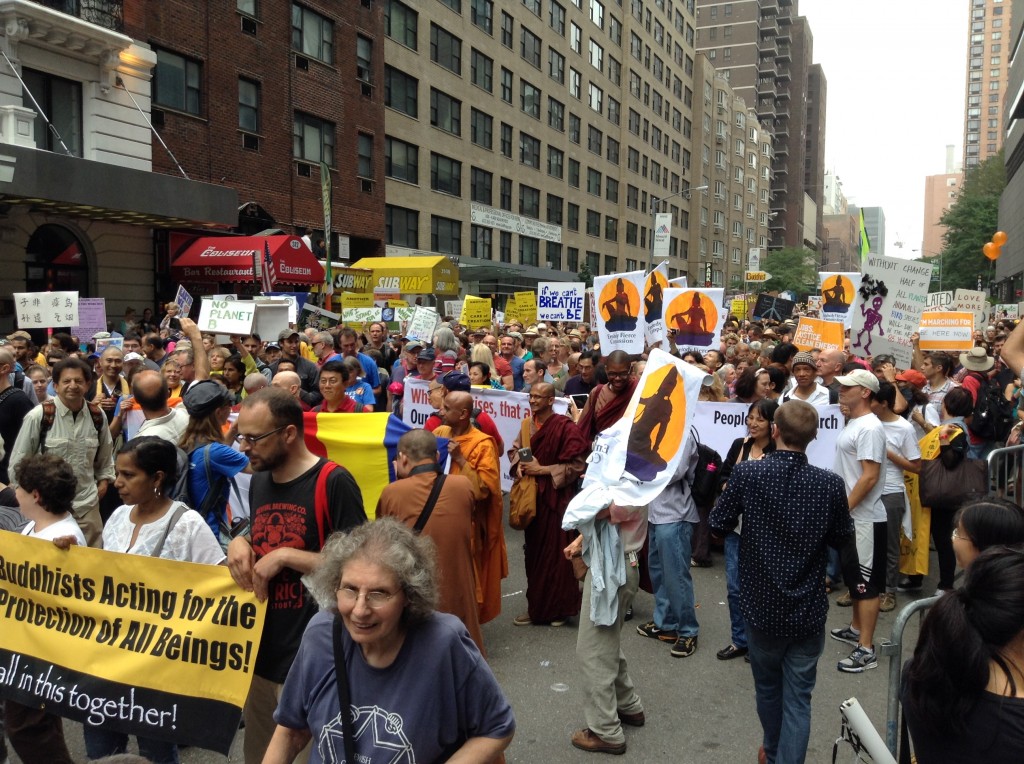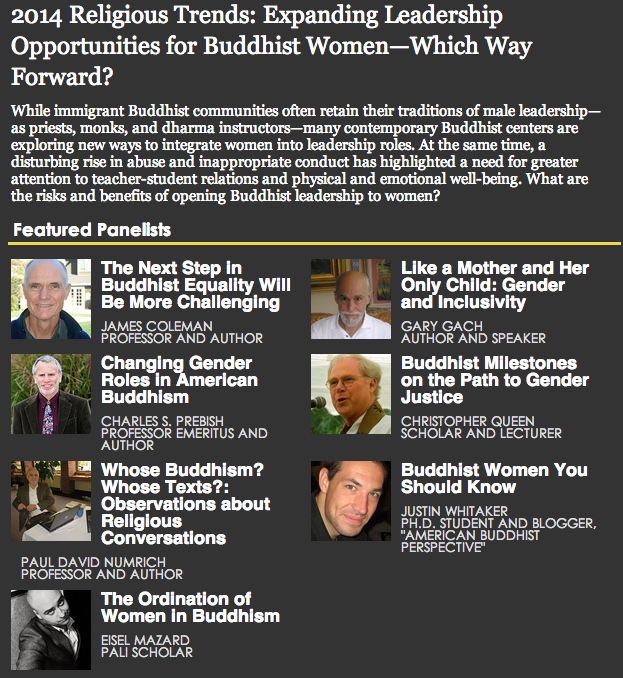
Dr. Janet Gyatso, the Hershey Professor of Buddhist Studies at Harvard University, has an extensive new piece on the self-immolations in Tibet that has just been posted at Tricycle: The Buddhist Review‘s blog. Entitled “In the Face of Tragedy”, the essay begins with Gyatso recanting much of an earlier piece she wrote on the subject and then explaining why. Here’s a snippet:
[Previously] I argued that in self-immolating, monks both stood for and instantiated the power of Buddhism (and religion), a power that dared to present itself as on a par with the Chinese state and the might of its military. By virtue of monks’ and nuns’ power to live ascetically, to overcome physical discomfort, and develop, in some cases, great yogic power, they posed a formidable challenge to the presence and the legitimacy of the People’s Republic of China (PRC) in Tibet. They displayed an alternate and compelling site, I argued, of human potential and flourishing—Buddhism, religion, yoga. By virtue of the power they attained from their religious practice they could even undergo a horrifically painful, self-inflicted death. And they displayed that power for all to see. It’s a logic that I think actually does have some truth to it, as far as the world of symbols and meanings goes, on the Tibetan plateau. I even had the satisfaction of a few people writing to me to say that they thought my comments were helpful and on the money—indeed, the kind of satisfaction that all of us hope for in writing and publishing in the academic world.
But it soon emerged that it wasn’t just clerics who were burning themselves dead. That’s what really turned my mind in a different direction. A mother in her 30s with four children. A young man of 17, the beloved son of a family. It wasn’t just disciplined clerics and it wasn’t necessarily about representing the power of religion. It was everyone doing it, with gruesome vividness—and with tragic, unbearably sorrowful outcomes. My logic did not quite capture the phenomenon entirely—or even may have ignored something far more basic in what was happening in Tibet, and how scholars might best understand it. I also think it was a mistake to analogize, as I did, the self-immolations with the old tradition studied by Toni Huber in which great yogis used to demonstrate their power in heat yoga by melting snow around them in the middle of the night—a performance for lay audiences. “Fire and ice,” I cleverly dubbed the ironic reversal of spectacles. But I really think now that sitting in the snow in the middle of an icy night to demonstrate yogic ability is on an entirely different order than self-immolation in the face of one’s community and the police. As self-immolation started to exceed, in my estimation, any such historical, cultural, ritual or tradition-based explanation or precedent, what has come most to the fore for me instead is simply the utter and deep human tragedy that it is, and that it brings about.
It’s a powerful piece. You can read the whole thing here.











